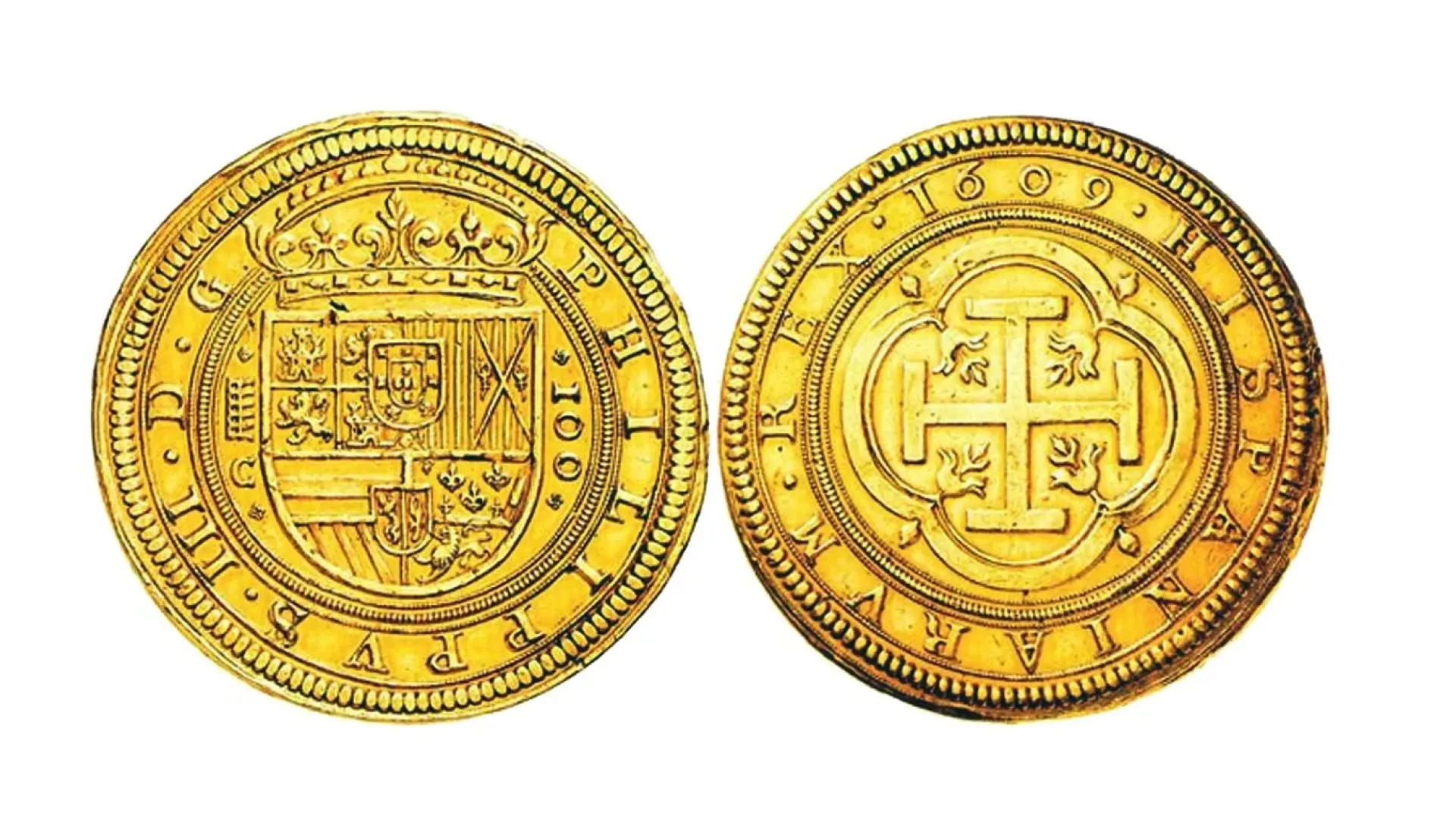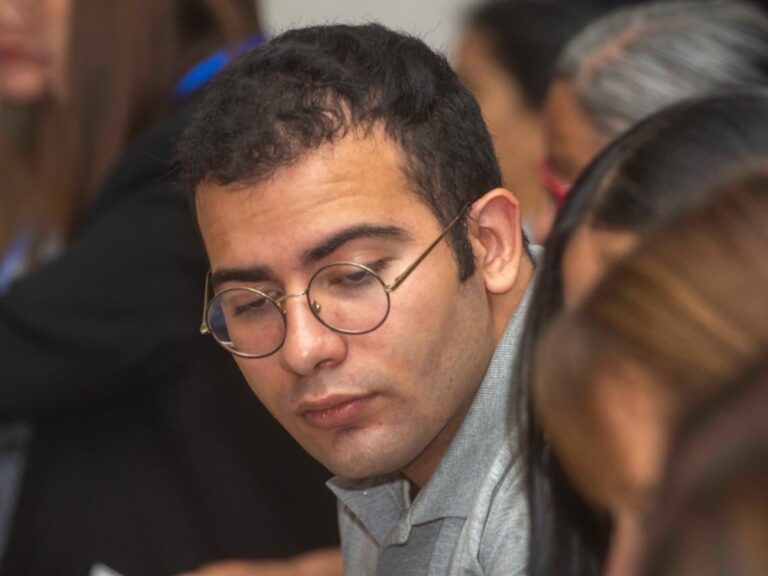
The 1609 Segovia Centen, a giant gold coin from the reign of Philip III that became the most expensive coin in Spanish numismatics when it was auctioned in 2009 for 800,000 euros, is on sale again in Geneva for a minimum price of 2 million francs. (2.17 million euros).
Numismatica Genevensis, which exhibited this and other coins to be auctioned at the Mandarin Oriental Hotel in Switzerland on November 24, hopes the auction will spark interest among collectors and that the coins will break their own records. Even the most expensive ones in Western Europe.
This second mark has been held since September by a 100 ducat coin minted and sold in the Holy Roman Empire during the reign of Emperor Ferdinand III in 1629. 1.95 million francs (2.11 million euros).
hispanic power metaphor
The Centene of Segovia, which is only known from the specimen put up for auction, weighs 339.35 grams. The largest gold coin of the 17th century, According to the Numismatica Genevensis, this type of coinage was a time when Spain demonstrated its “luxury and supremacy, supported by the wealth of the New World.”
“We’re lucky that it’s been preserved to this day, because these large gold items often are.” They disappear in times of social and political unrest” explains Frank Baldacci, president of the numismatic company.
“What we are talking about is an exceptional gold coin of great historical importance, and it probably has everything you need. Its price breaks records” he emphasized.
The coin belonged to a collection knight of indiasone of the best known in the Hispanic numismatic world, was collected by a Basque collector living in Cuba and auctioned in Barcelona in 2009 by the house of Aureo & Carrico.
Purchased by a Swiss buyer The coin has since passed into the hands of different owners, both of whose identities remain private, and is now scheduled to go on sale again in the evening, with four other outstanding coins minted at the Segovia Mint, one of the most important royal mints of the 17th century, also up for bid.
Segovia, the prestigious mint
According to Numismatica genevensis, The House of Segovia was built by King Felipe II. Through the intercession of his cousin, Archduke Ferdinand, he succeeded in attracting engineers from the Tyrol region of Austria, which had previously been considered the best mint in Europe, to the city of Castile.
The Segovia Mint, built in an old paper workshop, eventually produced: “The most beautiful coin the world has ever seen”said Numismatica Genevensis, recalling that the origin of the coin is evident by the small aqueduct that adorns its obverse.
The centen, the culmination of minting techniques achieved in Segovia, was not intended to be used as regular currency, but rather was presented as such by the Austrians. A diplomatic gift that shows your prestige.
Its value is 100 shields This was the equivalent of several years’ worth of a worker’s salary and could theoretically have bought two or three mules, an extremely valuable animal at the time.
Several hundred pieces of the second series were minted in 1633 during the reign of Philip IV, one of which is in the king’s possession. National Archaeological Museum, who presented it at several exhibitions.
The world record for the highest price for a coin at auction currently holds 20 dollar coin minted in the United States in 1933reached a value of over $18 million (€15.4 million) in 2021.



